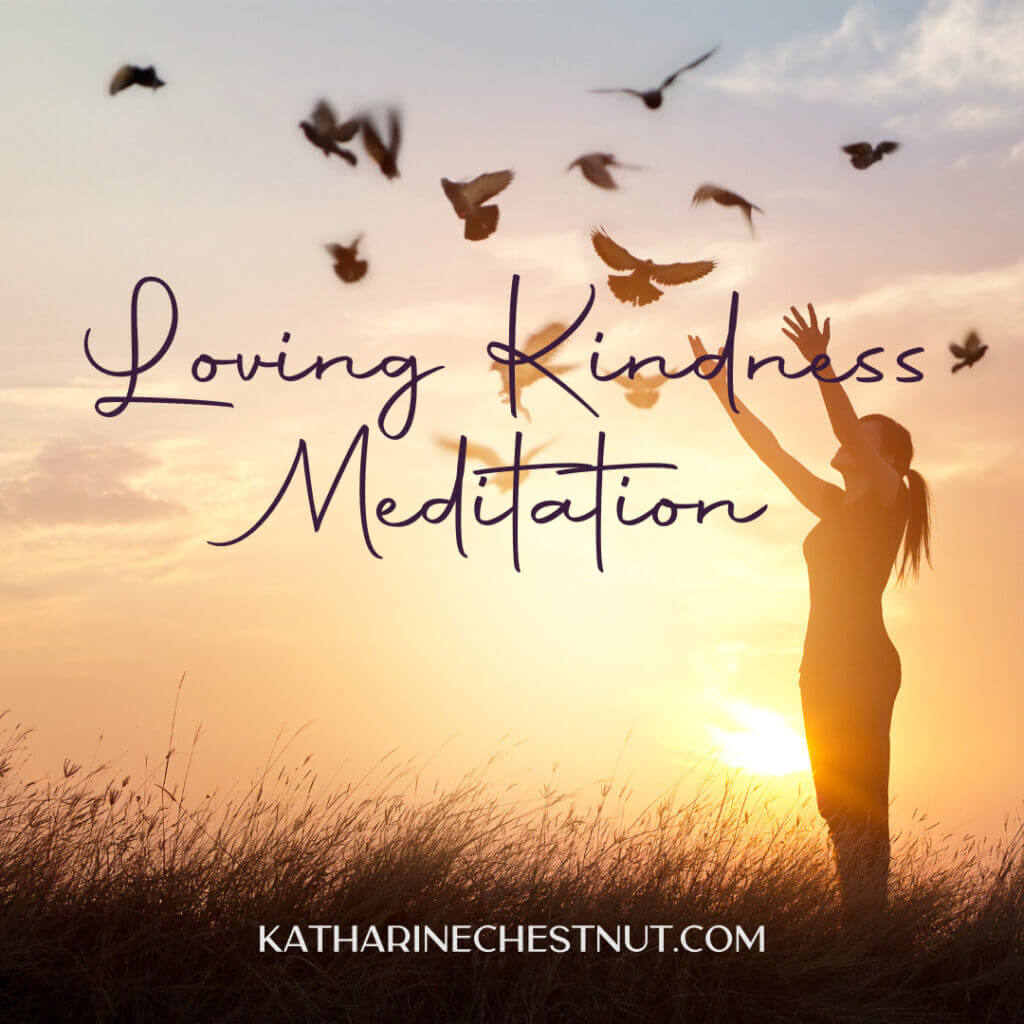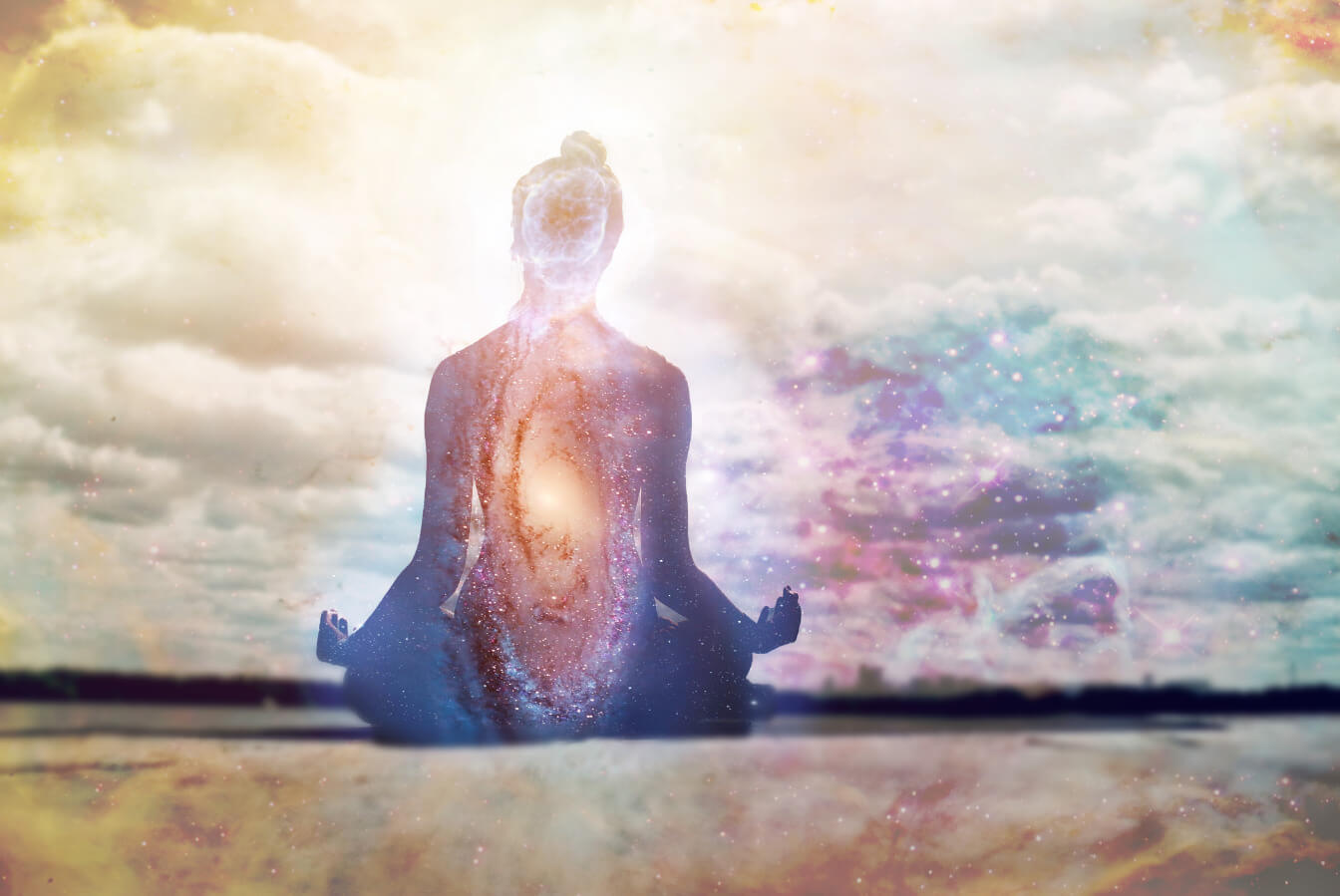
Finding the Best Meditation Technique for You
Meditation is an ancient practice that has become increasingly popular in today’s fast-paced world as a way to enhance mental clarity, reduce stress, and promote overall well-being. With numerous methods and techniques available, it can seem overwhelming trying to figure out which type of meditation best suits your needs and lifestyle. Let’s explore the different types of meditation to give you a solid starting point on your journey to inner peace.
As you begin exploring the world of meditation, it’s essential to remember that there is no “one size fits all” approach. Each meditation type offers unique benefits and techniques, depending on personal preferences, goals, and experience levels. Beyond the basic methods, some of the most popular meditation methods include mindfulness meditation, focused meditation and active meditation.
By understanding the types of meditation available, you can choose the approach that resonates with you best and begin transforming your mental and physical wellness. Now that you have a brief introduction to the diverse world of meditation, it’s time to dive deeper into each technique to find the one that truly speaks to your needs and intentions. So, take a deep breath and let’s embark on your journey toward inner balance and tranquility.
Basic Meditation Techniques
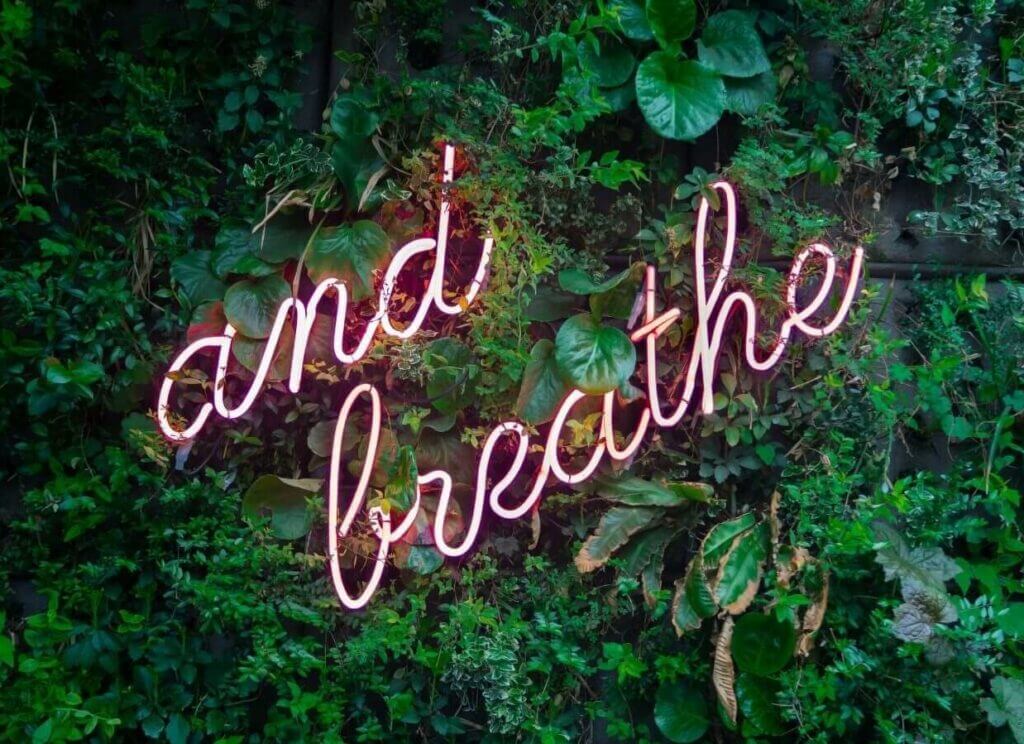
Breath Awareness
Breath awareness is a simple yet effective meditation technique and easy for a beginner. To practice, find a quiet place where you can sit comfortably. Close your eyes, and take a few deep breaths to relax. Now, focus on your natural breathing pattern. Pay attention the air entering and leaving your nostrils or the rise and fall of your chest. If your mind wanders, gently bring it back to your breath. This technique helps create a sense of calm and enhances mindfulness. It is truly magical how much better you feel so quickly. 🪄
Body Scan
With a body scan meditation, you’ll focus on different parts of your body one at a time. Start by sitting or lying down in a comfortable position. Close your eyes and take a few deep breaths to relax. Begin at the top of your head, slowly working your way down through your face, neck, shoulders, arms, chest, stomach, hips, legs, and finally your feet. As you focus on each body part, acknowledge any sensations, tension, or discomfort you might feel. The goal is to be fully present and aware of your body, cultivating a deeper mind-body connection and promoting relaxation.
Loving-Kindness
Loving-kindness meditation, also known as “metta,” involves cultivating feelings of love, compassion, and goodwill towards yourself and others. To practice, find a comfortable sitting position and close your eyes. Start by focusing on yourself, silently repeating phrases such as “May I be happy, healthy, and free from suffering.” Then, gradually broaden your focus to include loved ones, acquaintances, and eventually even those you may find challenging to deal with. This practice helps develop a more positive mindset, fosters empathy, and reduces negative emotions. I found this to be especially helpful when I first started healing from narcissistic abuse.
Focused Meditation Styles
There are various focused meditations, each offering unique benefits and techniques. I’ll introduce you to three such styles: Visualization, Mantra Meditation, and Chakra Meditation.
Visualization
Visualization meditation is a powerful technique that invites you to create mental images and scenes in your mind’s eye. By doing so, you can promote relaxation, healing, and personal growth. To practice visualization:
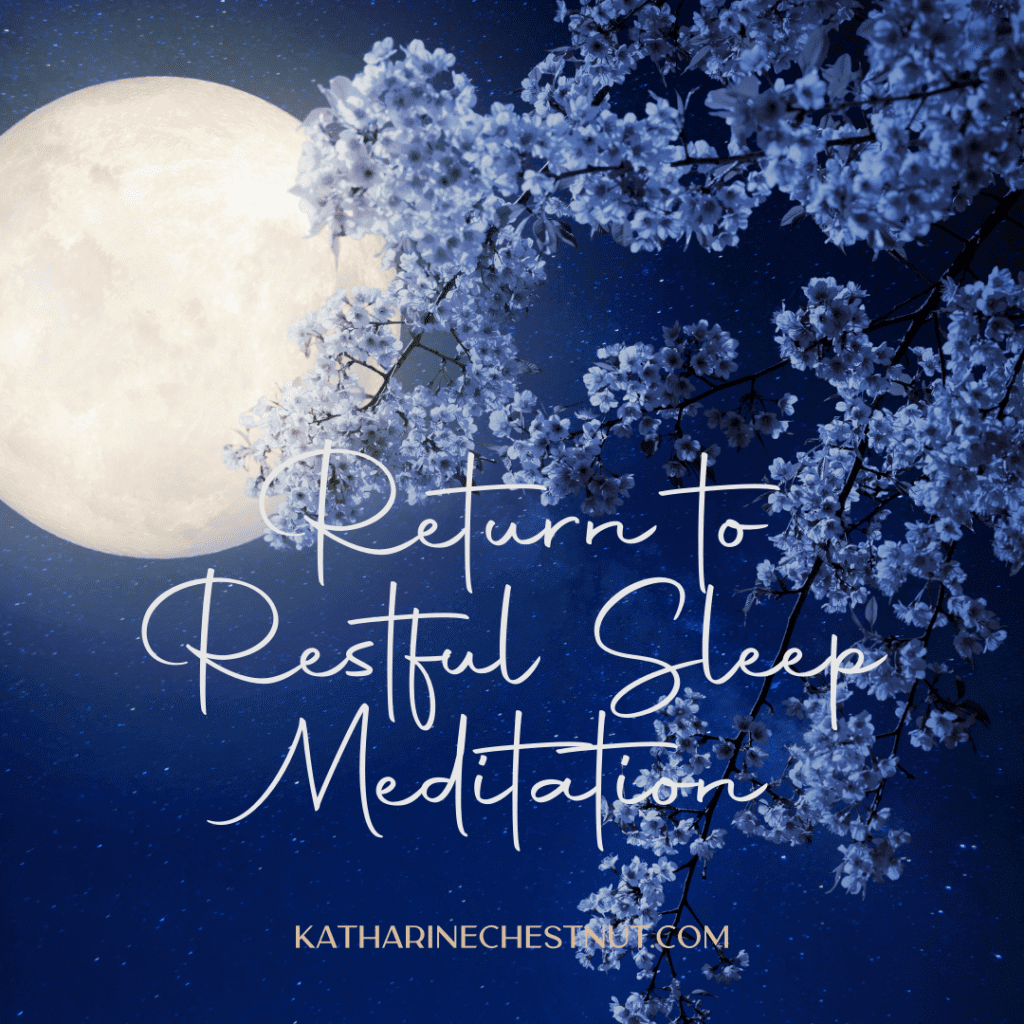
- Start your meditation session by finding a quiet and comfortable spot to sit or lie down.
- With your eyes closed, focus on the breath and allow your body and mind to relax.
- Imagine a calming place or situation, such as a peaceful beach or a serene forest. Try to engage all of your senses, picturing the colors, smells, and sounds of your chosen setting.
- Continue to breathe deeply, allowing yourself to become fully immersed in your mental imagery.
- When you’re ready, gently bring your awareness back to the present moment and open your eyes.
Mantra Meditation
Mantra meditation, sometimes called transcendental meditation, involves the repetition of a word or phrase, known as a mantra, to focus your mind and promote a sense of calm. To practice mantra meditation:
- Find a comfortable position and close your eyes.
- Choose a mantra that resonates with you. It could be a traditional Sanskrit phrase, such as “Om” or “So hum,” or an affirmation, like “I am at peace with myself.” I personally go with something like, “I am receptive to healing.”
- Silently or audibly repeat your mantra as you breathe in and out, allowing the rhythm of your breathing to help maintain your focus.
- If your mind begins to wander, gently bring your attention back to your mantra repetition.
- Continue this practice for a set period of time or until you feel a sense of inner peace.
Chakra Meditation
Chakra meditation focuses on the energy centers within your body – known as chakras – to help balance and harmonize your physical and emotional well-being. There are seven main chakras, each associated with specific qualities and colors. To get started:
- Sit in a comfortable position with your spine straight, and close your eyes.
- Begin by focusing on your root chakra, located at the base of your spine. Picture a red light spinning at this point and visualize energy flowing into it as you breathe deeply.
- Move your awareness up to the next chakra – the sacral chakra – and do the same, this time visualizing an orange light.
- Continue to work your way up through the remaining chakras, focusing on their respective colors (yellow for the solar plexus, green for the heart, blue for the throat, indigo for the third eye, and violet for the crown chakra).
- Once you’ve reached the crown chakra, spend a few moments visualizing energy flowing through your entire body, connecting all of your chakras.
- Gently bring your awareness back to the present moment and open your eyes.
With regular practice, these focused styles can offer a variety of mental and emotional benefits, helping you cultivate a deeper sense of self-awareness, inner calm, and overall well-being.
Listen to my meditations on the free Insight Timer app OR YouTube 🧘
Mindfulness Meditation Styles
Mindfulness meditation is a practice where one focuses on the present moment, developing an awareness of thoughts, emotions, and sensations without judgment. This section covers three popular styles: Vipassana Meditation, Zen Meditation, and Insight Meditation.
Vipassana Meditation
Here you will focus on your breath while observing sensations in your body and the impermanence of all things. By becoming more aware of your inner experiences, you can cultivate a sense of calm and inner peace. This practice is done in silence, and if you attend a course, it typically lasts for 10 days. Remember to sit comfortably in a quiet space, close your eyes, and focus on your breath as you practice this meditation style. I’ve been fortunate to have a meditation center near my home and can attest how helpful doing this as a guided meditation in a group can be.
Zen Meditation
Zazen is a form of meditation that originated in the Zen Buddhist tradition. The practice involves sitting with a straight posture, focusing on your breath, and maintaining a clear mind. You may be guided to count your breaths or simply observe them without attachment. Keeping a consistent practice can help refine your concentration and promote a state of mental clarity. To begin, find a quiet space to meditate, sit in a comfortable position, and gently focus on your breath as you let your thoughts drift away. Instead of latching onto a thought, simply observe, acknowledge and let the thought move on.
Insight Meditation
This meditation is designed to develop self-understanding and foster wisdom through the direct observation of one’s mind and body. This encourages you to focus on your breath, sensations, thoughts, and emotions as they arise, allowing you to observe them without judgment or attachment. This practice helps cultivate awareness and the ability to respond wisely to life’s challenges. To practice, choose a quiet environment, sit in a comfortable posture, and simply observe your breath, sensations, and thoughts as they arise.
Activity-Based Meditation
When it comes to meditation, there are various movement meditations that help you achieve a sense of calm and balance. The three most popular types of meditation while moving are: Yoga, Qigong, and Walking Meditation.
Yoga
Yoga is a well-known practice that combines physical postures, breathing exercises, and focused attention to promote relaxation and mindfulness. It’s probably the thing you think of first when you think of meditation. You can choose from various types of yoga, each with a different focus and intensity. Some popular styles include Hatha, Vinyasa, and Ashtanga. No matter which you choose, a regular yoga practice can improve your flexibility, strength, and overall well-being while teaching you to stay present and mindful in each moment.
Qigong
Qigong is an ancient Chinese practice that uses movement, breath control, and visualization to cultivate energy and promote well-being. It involves a series of gentle, flowing movements that are designed to stretch, strengthen, and balance your body’s energy system. By practicing Qigong regularly, you may experience improvements in your physical health, mental focus, and emotional well-being. It can also help you develop a sense of harmony and connection between your mind and body.
Walking Meditation
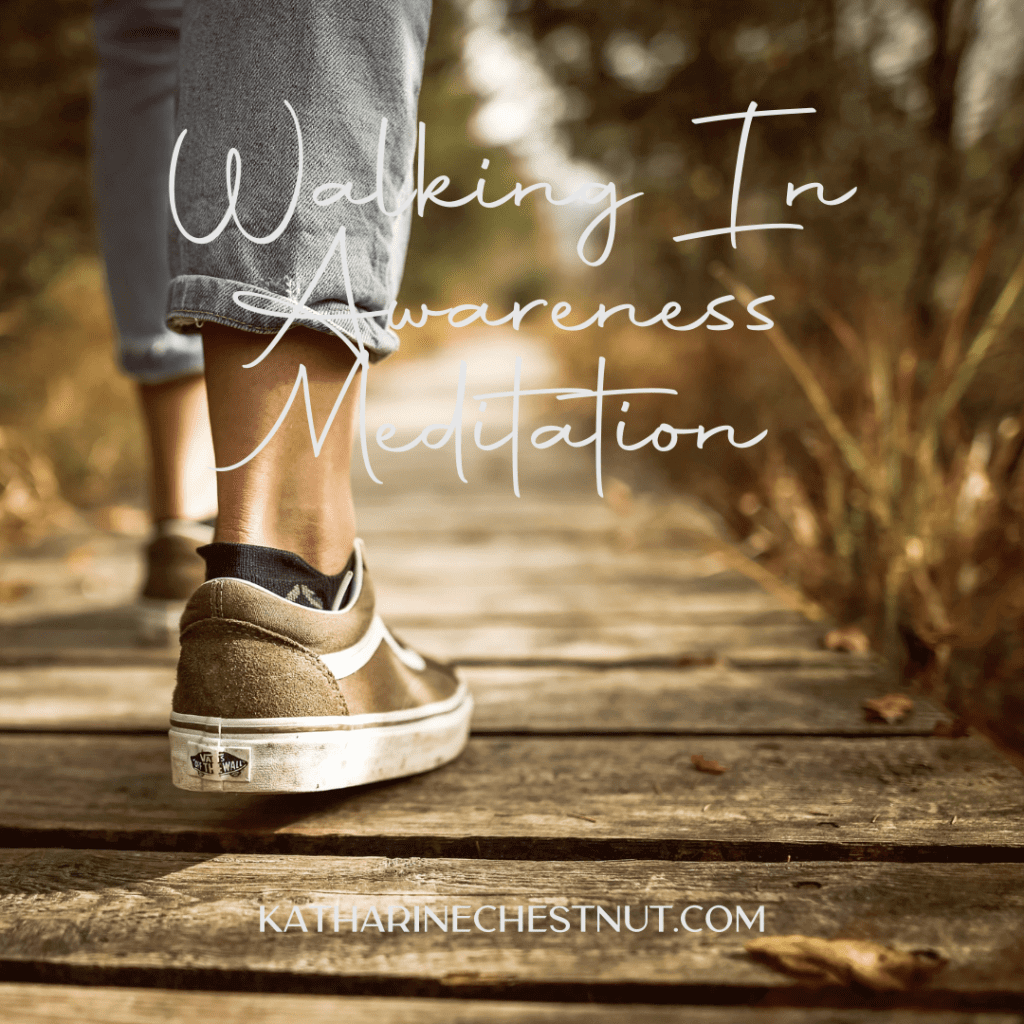
Walking while meditating is a simple yet effective way to integrate mindfulness into your daily routine. It is personally one of my very regular go-to meditations. You focus on your steps, the sensation of your feet touching the ground, and your breath as you move. Instead of rushing to your destination or getting lost in thought, you learn to stay present and aware in each moment. And the true beauty of it is that it can be done anywhere – whether you’re taking a stroll through the park, navigating a busy city sidewalk, or walking from one room to another in your home. This style of meditation is particularly helpful for those who find sitting for long periods challenging or would like to incorporate mindfulness into their daily activities.
Find Your Type of Meditation
Practicing meditation can be a life-changing experience, and finding the right type for you is crucial. As I mentioned above, there is no one-size-fits-all. And with so many different types of meditation out there, it’s essential to explore various techniques to discover which one resonates with you. Remember to be patient, as it may take some time to find your perfect fit, and give yourself the space to learn and grow from your practice. I found the free Insight Timer app invaluable as I got started on my own meditation journey.
And yes, there are also a lot of misconceptions about meditation. Many people still have preconceived ideas about what meditation is (and isn’t) and how to practice it. As I mentioned before, I tried previously and failed due to my own misunderstandings.
Remember also that you may find that your preferred meditation type changes over time based on your needs and experiences. It’s perfectly normal and even beneficial to try and combine different techniques. For example, you might start with basic meditation to get started, and then explore mindfulness meditation to cultivate attention and welcome acceptance.
As you deepen your practice, you’ll likely notice improvements in various aspects of your life. Meditation can help to reduce stress and anxiety, improve sleep and concentration, and increase overall happiness. Keep in mind that, like any skill, meditation requires consistent practice and dedication to see the full benefits unfold.
In the end, the most important takeaway is to listen to your body and mind when exploring meditation. Stay open to new experiences, and trust that as you start your journey, you will grow and develop a stronger connection with yourself. Embrace the world of meditation with a friendly tone, knowing that it’s a gift you’re giving to yourself and your wellbeing.





